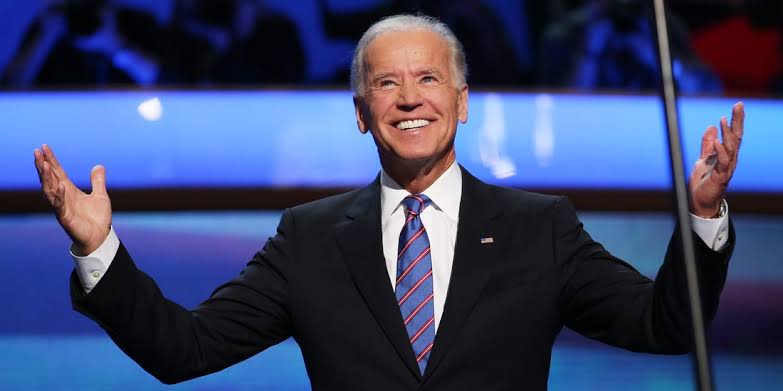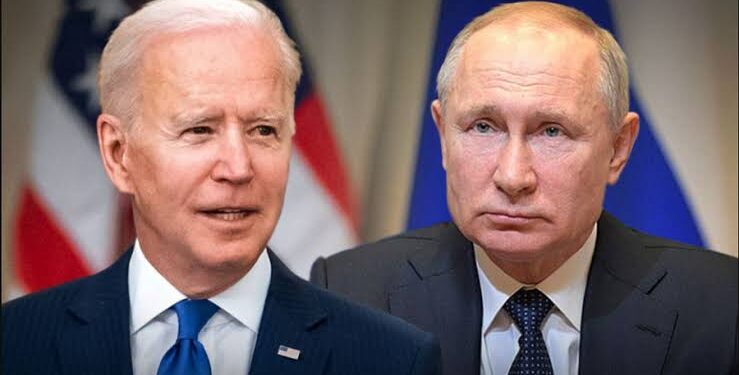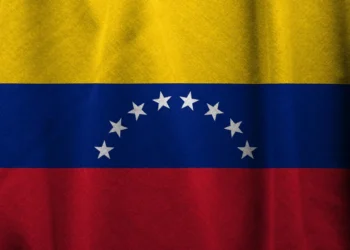Two days after President Joe Biden approved Ukraine’s use of U.S.-made long-range weapons against targets deep inside Russia, Russian President Vladimir Putin announced an updated nuclear doctrine on Tuesday. The revised doctrine has raised concerns globally, signaling heightened tensions and a potential lowering of the threshold for nuclear engagement.
Key Changes in Russia’s Nuclear Doctrine
Under the new framework, Moscow will consider aggression by any non-nuclear state that involves the participation of a nuclear-armed country as a joint attack on Russia. This significant shift expands the scenarios under which Russia might resort to nuclear weapons.
Kremlin spokesperson Dmitry Peskov emphasized that the updated policy broadens the scope of aggression to include conventional weapons used against Russia or its ally Belarus. According to Peskov, this revision underscores Russia’s commitment to ensuring any adversary recognizes “the inevitability of retaliation.”

Lowering the Bar for Nuclear Engagement
The revised doctrine appears to lower the threshold for Russia’s first use of nuclear weapons. Traditionally, nuclear deterrence in Russian military strategy served as a response to existential threats. However, the new doctrine suggests a broader interpretation of aggression, aligning with recent geopolitical developments.
This change comes as the Kremlin responds to what it perceives as a direct provocation: the Biden administration’s decision to greenlight Ukrainian strikes within Russian territory using advanced U.S. weaponry. Moscow has already described this move as a dangerous escalation of the ongoing conflict.
Implications of Biden’s Approval of Ukrainian Strikes
The Biden administration’s decision marks a notable shift in U.S. policy, allowing Ukraine to target Russian positions deeper than ever before. While this support strengthens Ukraine’s military capability, it has triggered sharp warnings from Moscow.
Russia’s response signals the potential for broader conflict, with heightened nuclear threats now a critical element of its military posture. The timing of this doctrine update underscores the Kremlin’s intent to project strength and deter further escalation.
Implications of the Updated Doctrine on Global Stakes
Russia’s revision of its nuclear doctrine follows months of tensions surrounding Western involvement in the Ukraine war. The inclusion of Belarus in this updated framework adds another layer of complexity, signaling Russia’s readiness to defend its closest ally.
As the war enters a more volatile phase, the risk of miscalculation has grown. The updated doctrine not only raises concerns about potential nuclear engagement but also highlights the fragile state of global security amid the intensifying conflict.
Bottom Line
Russia’s updated nuclear doctrine reflects its reaction to the Biden administration’s decision to deepen U.S. involvement in the Ukraine war. By expanding the conditions under which nuclear weapons might be used, the Kremlin has introduced a more perilous element into the already fraught conflict.
While the policy shift demonstrates unwavering U.S. support for Ukraine, it also escalates the stakes in a conflict where the potential for catastrophic missteps continues to grow. The global community now faces the dual challenge of navigating these heightened tensions while avoiding further escalation.

















